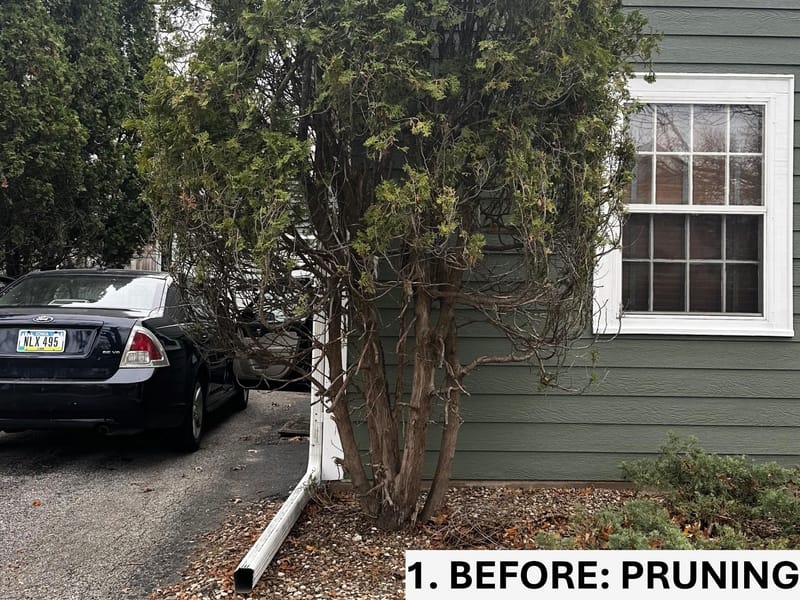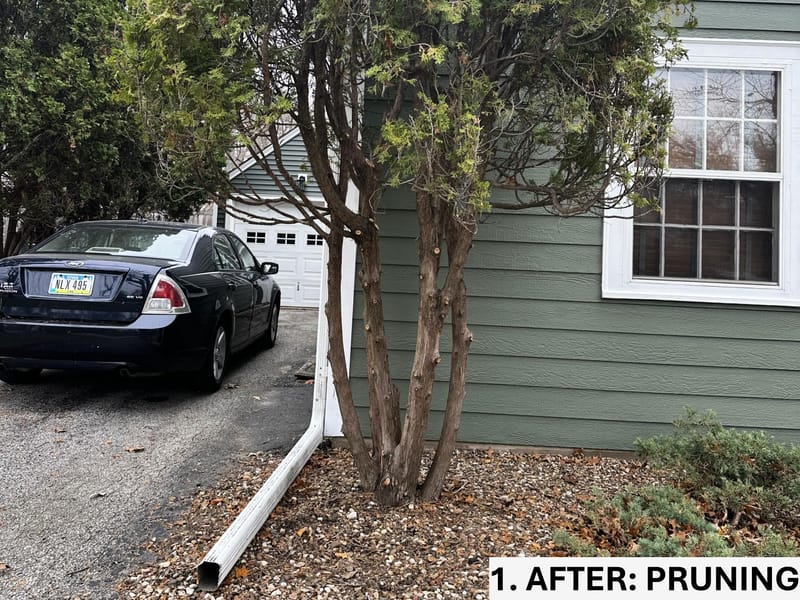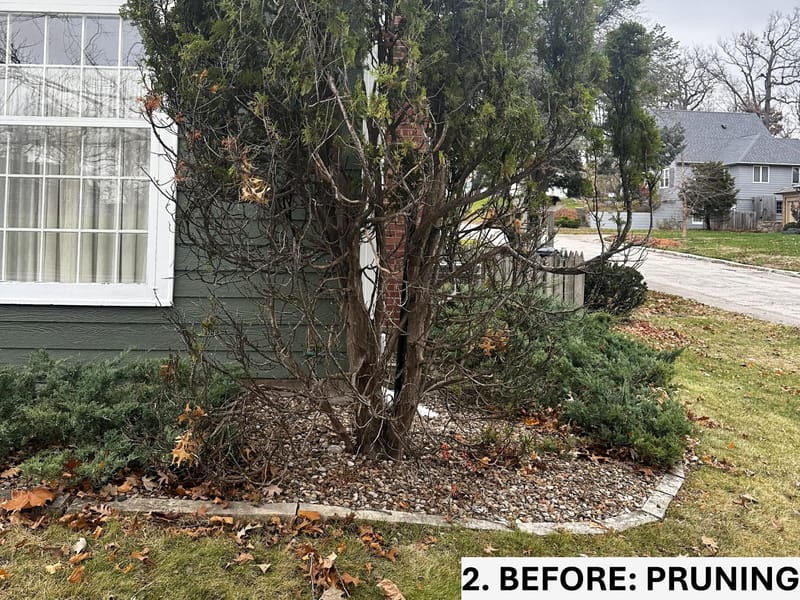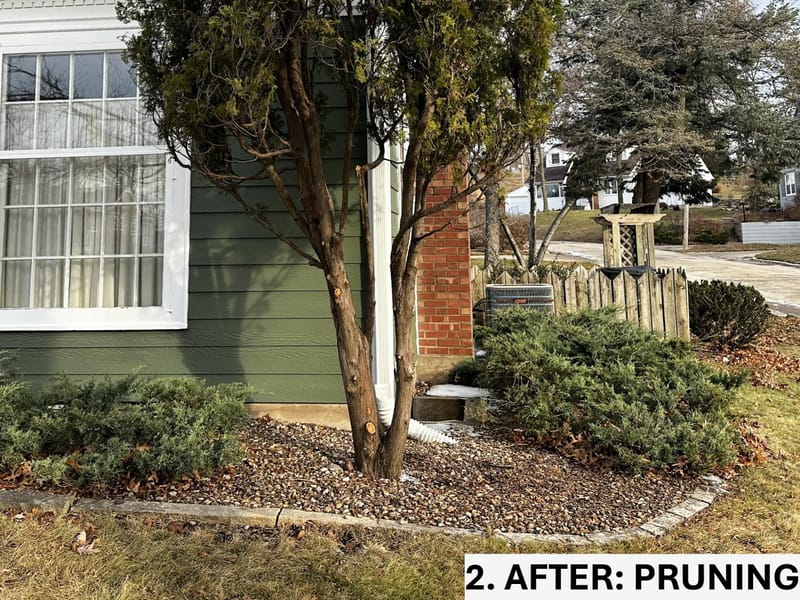MAINTAIN
Extensive Front Landscape Bed Restoration
This project involved intensive maintenance to rejuvenate an overgrown front garden bed. The space had been completely overtaken by weeds and grass, which had obscured the edging and overrun the planting area. Shrubs and plants were overgrown and in need of careful pruning and cutting back. The restoration began with managing and controlling the invasive weeds, followed by selectively cutting back plant material to restore order. Final pruning cuts were be completed during winter to ensure the health and appearance of the plants moving forward.
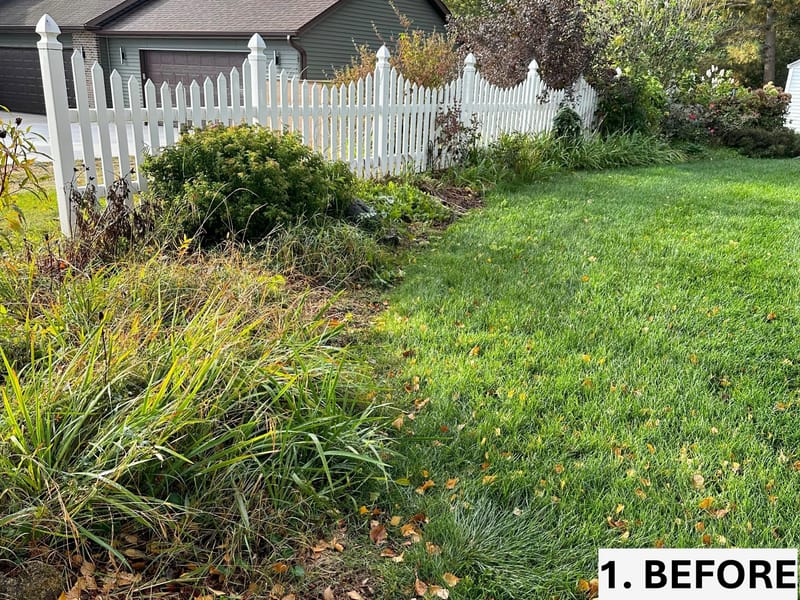
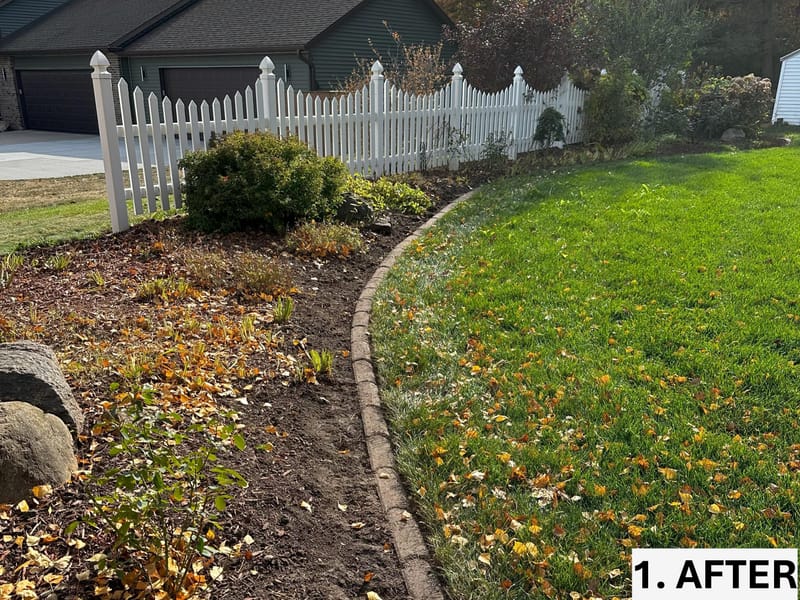
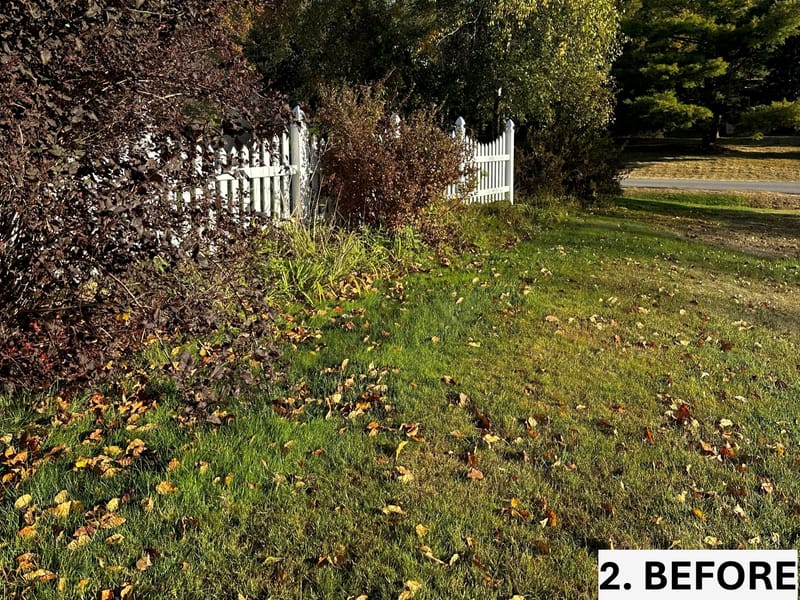
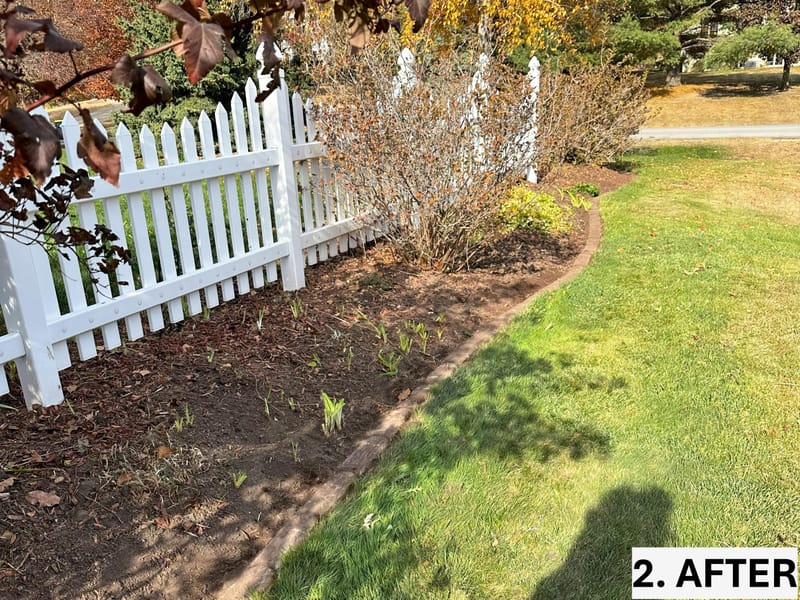
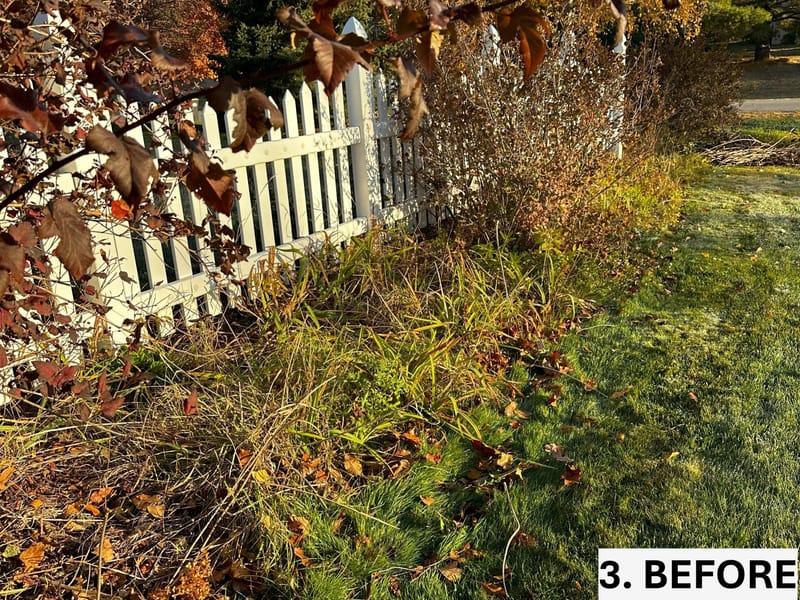
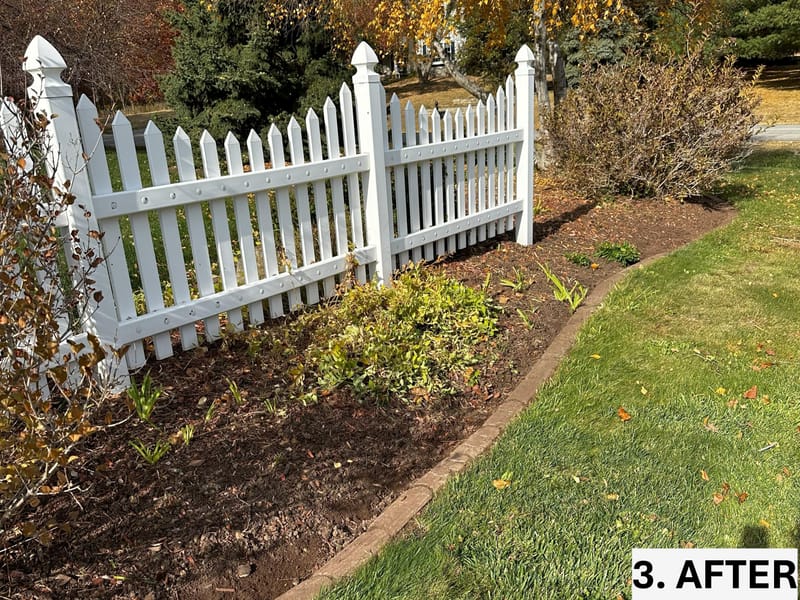
Garden Bed Refresh with River Rock Mulch
This maintenance project focused on revitalizing a garden bed with large river rock. The clean-up included removing weeds, pruning overgrown plants, deadheading spent blooms, precisely edging the bed, and blowing out debris trapped among the rocks. The final touch was a thorough clean-up, leaving the space neat, polished, and ready to shine next year!
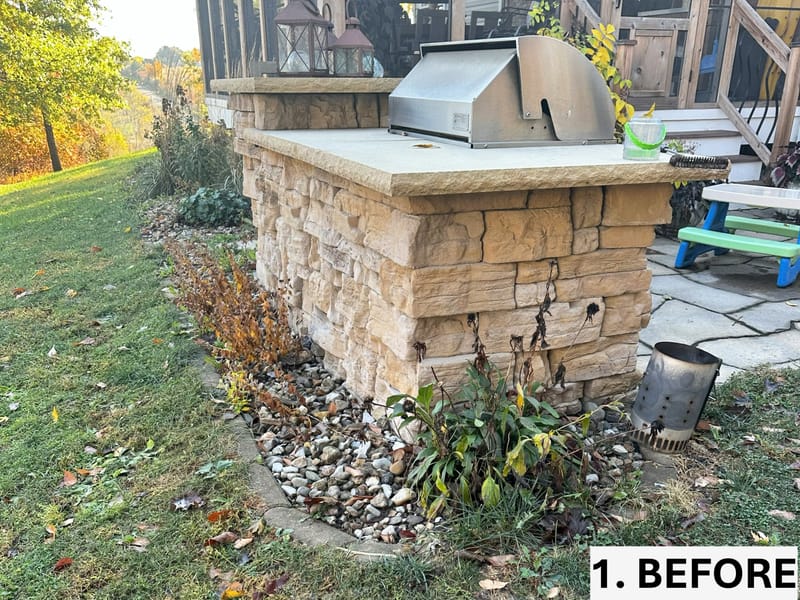
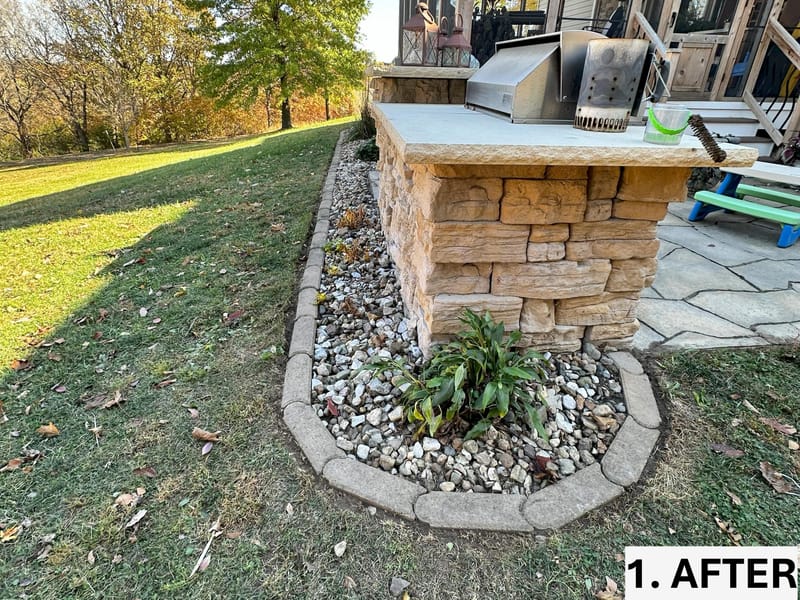
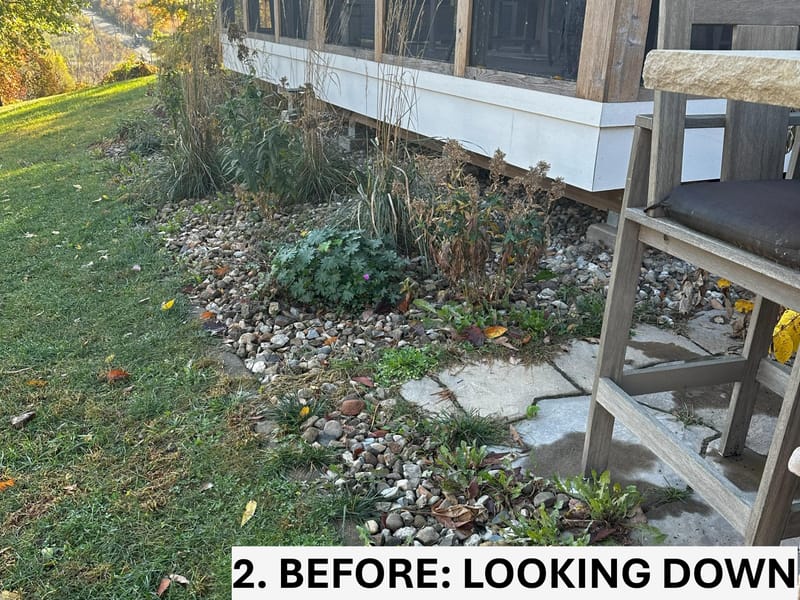
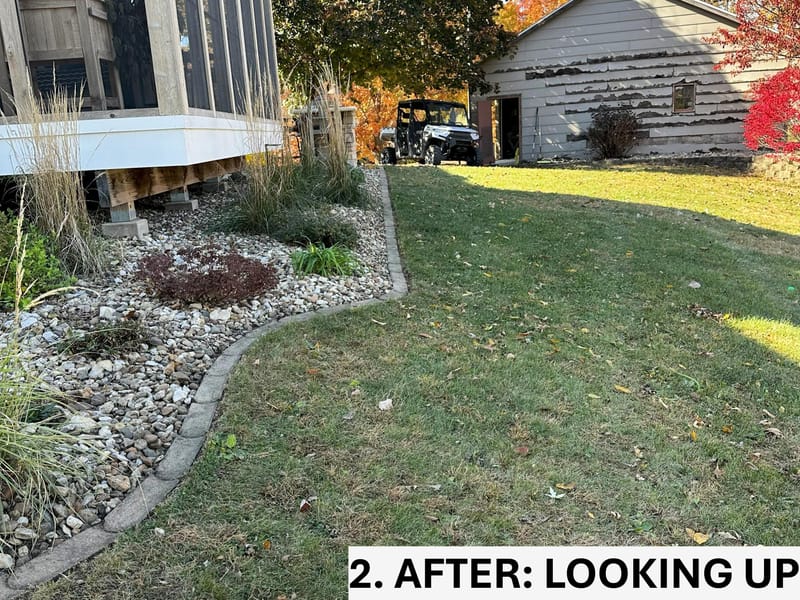
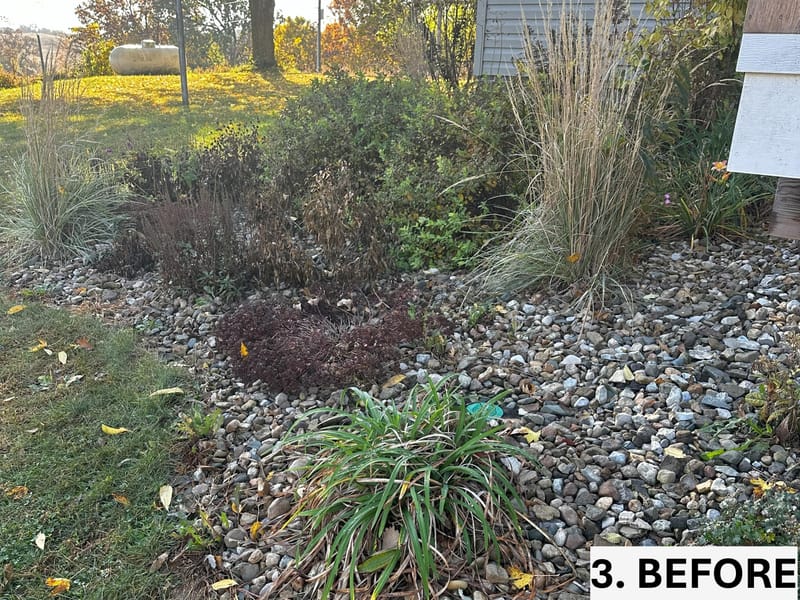
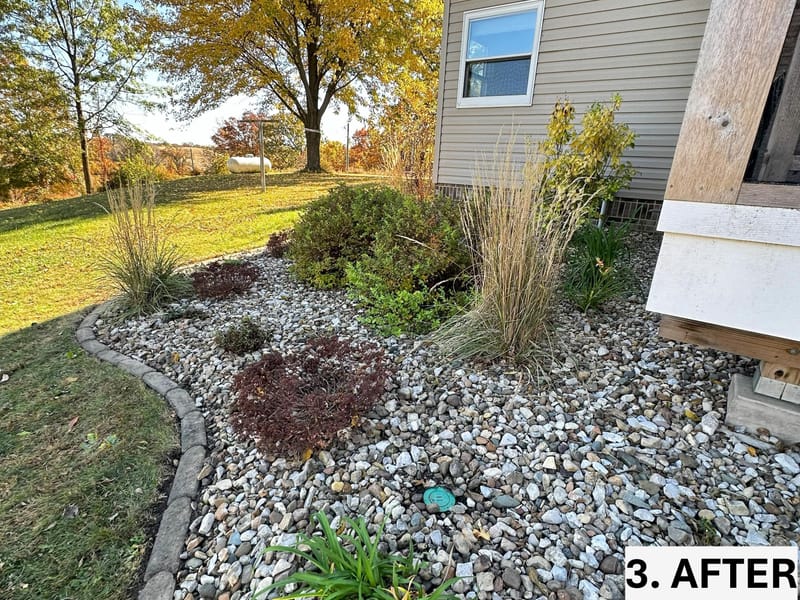
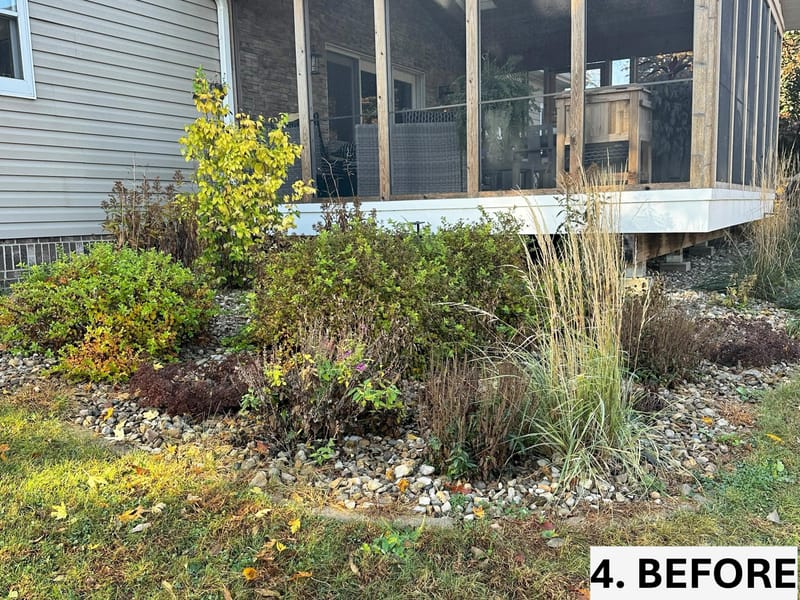
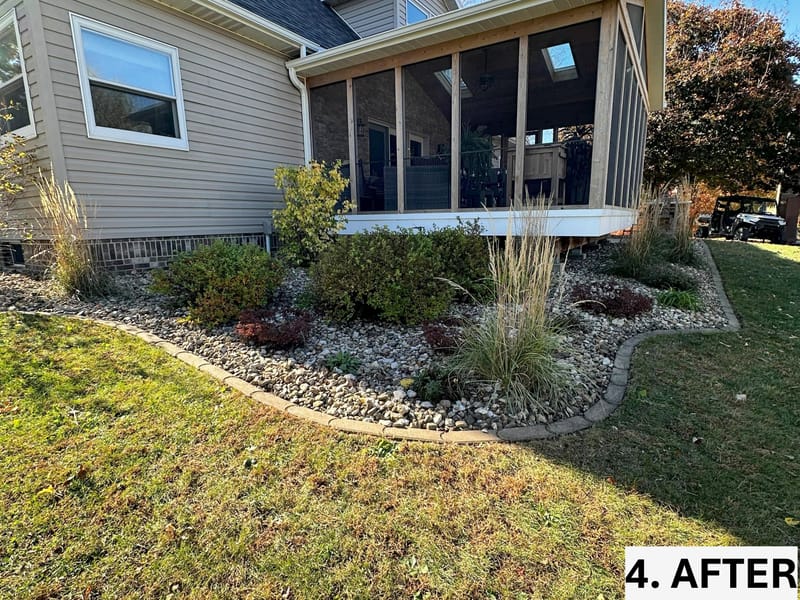
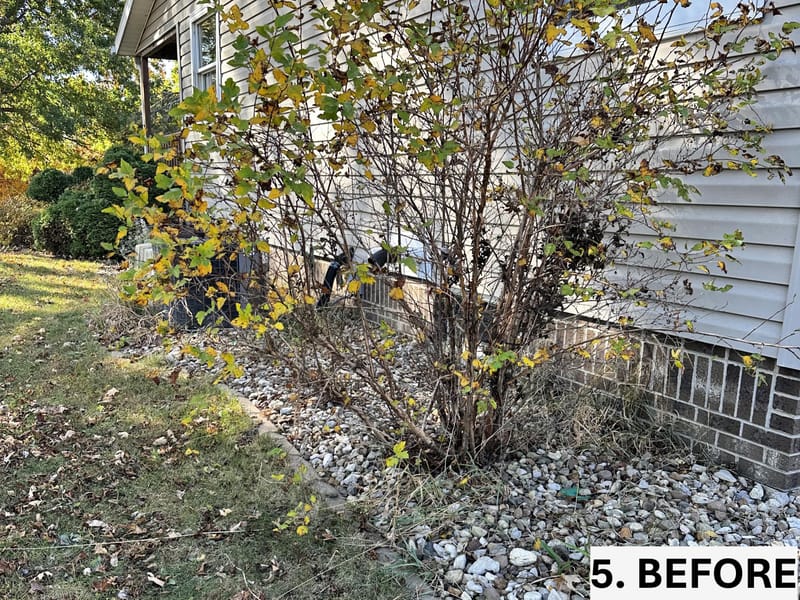
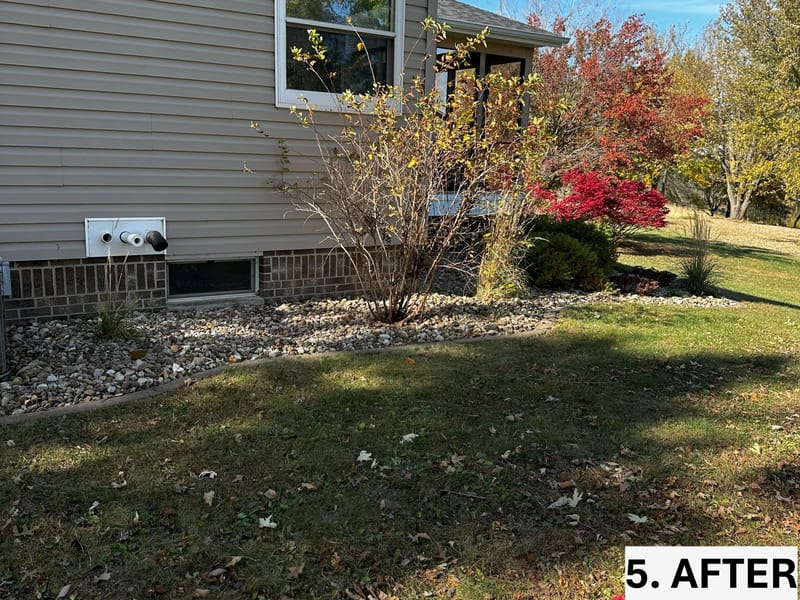
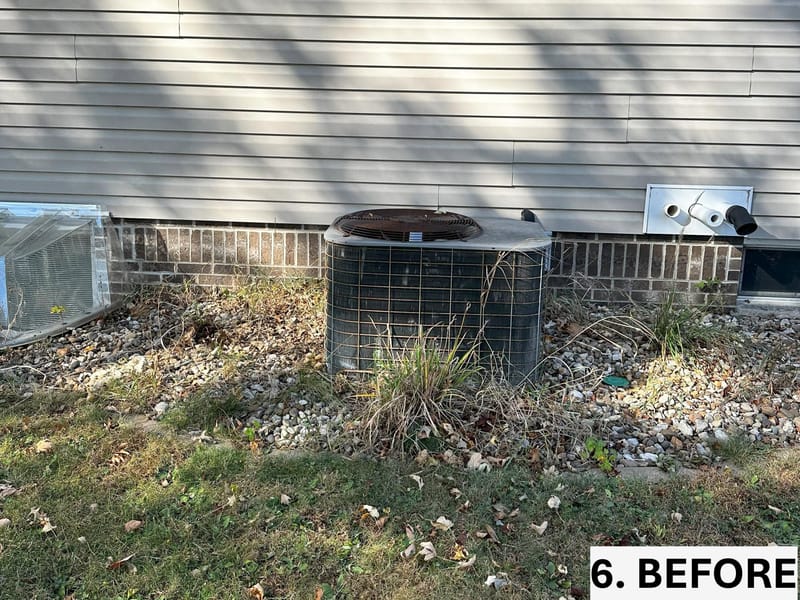
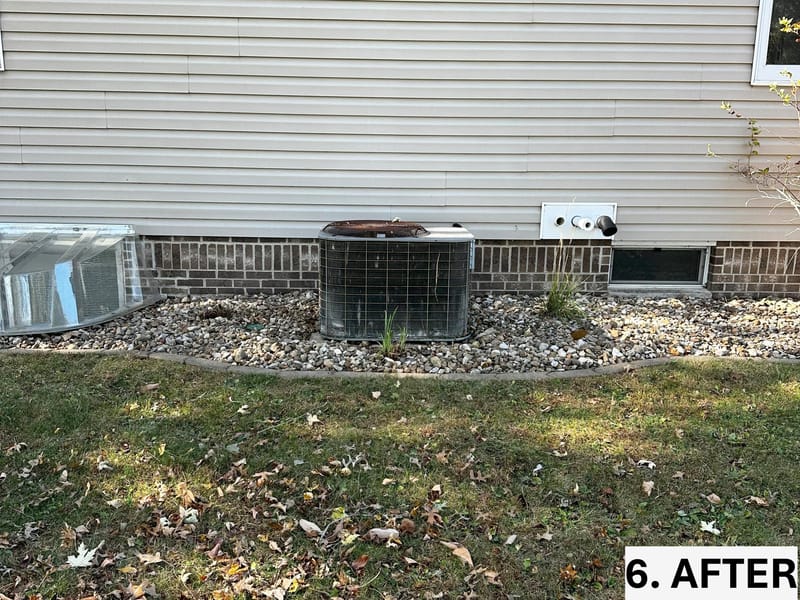
Intensive Backyard Cleanup: Tackling Invasive Vines
This backyard maintenance required significant physical effort to remove invasive vine weeds that had taken over the space. The process involved meticulous hand-digging to extract the roots and prevent regrowth. While the immediate cleanup restored the area’s appearance, careful monitoring will be needed in the following year to address any remaining root systems and ensure the weeds don’t return.
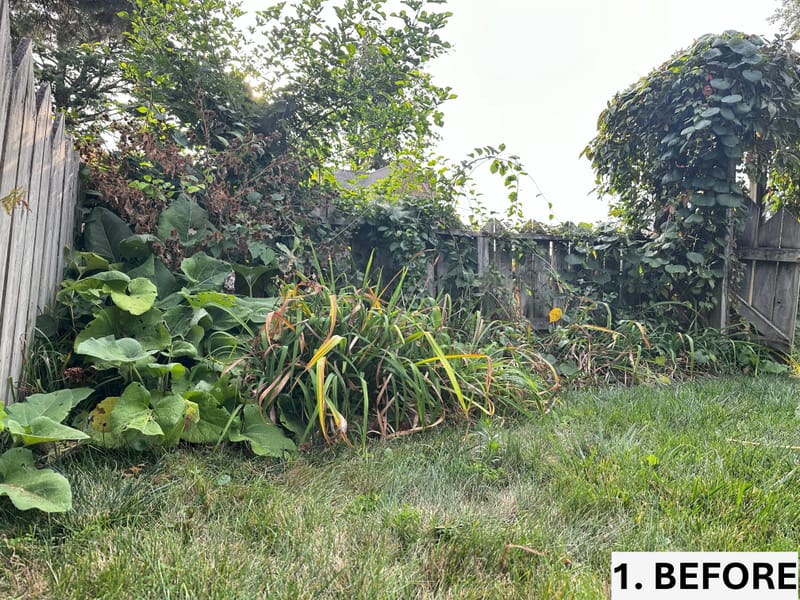
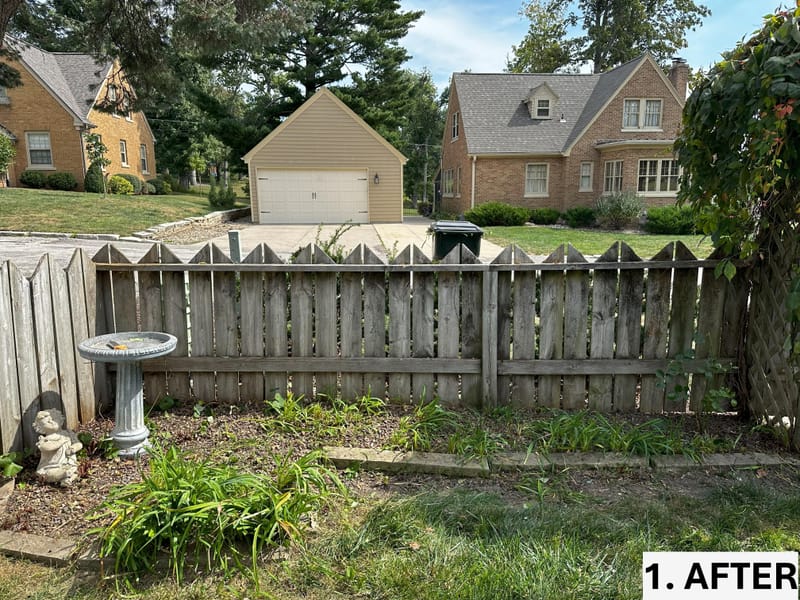
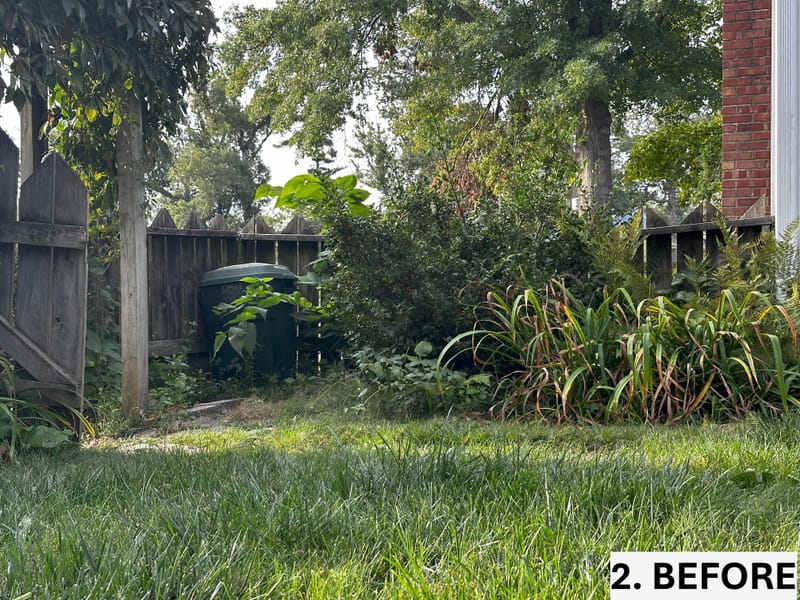
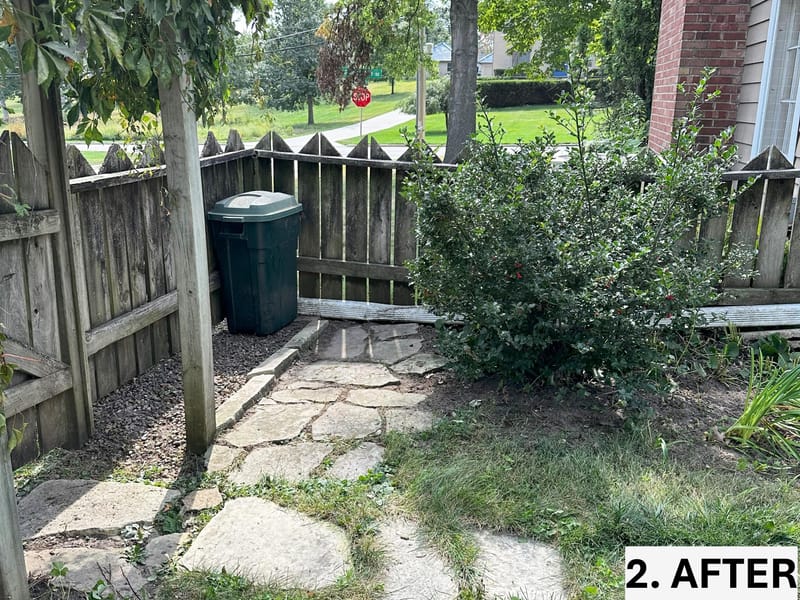
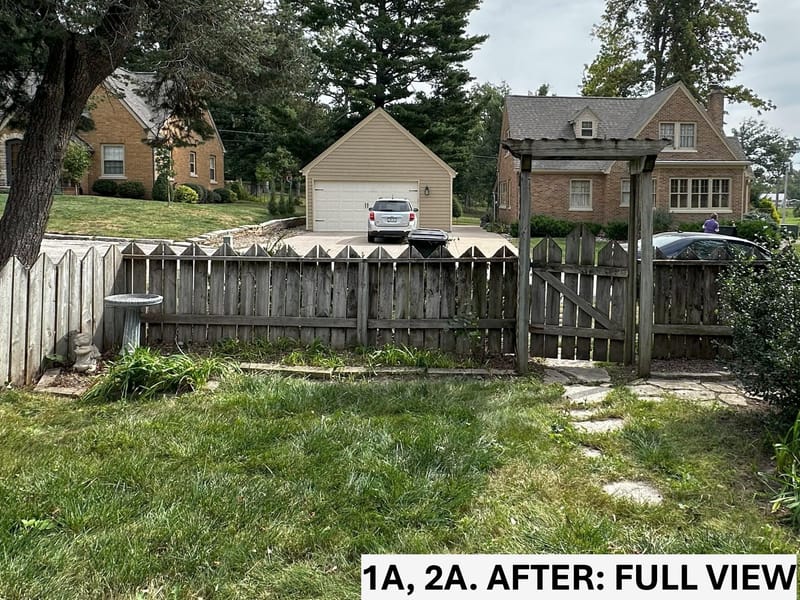
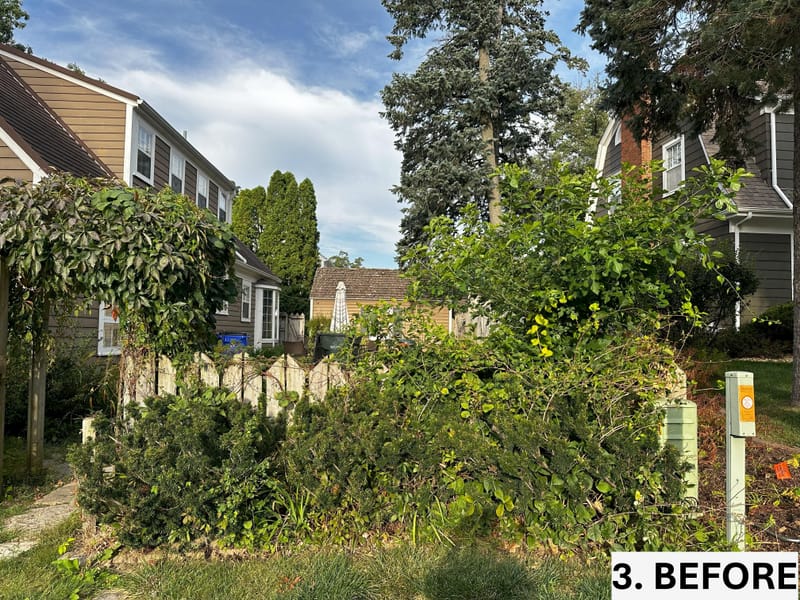
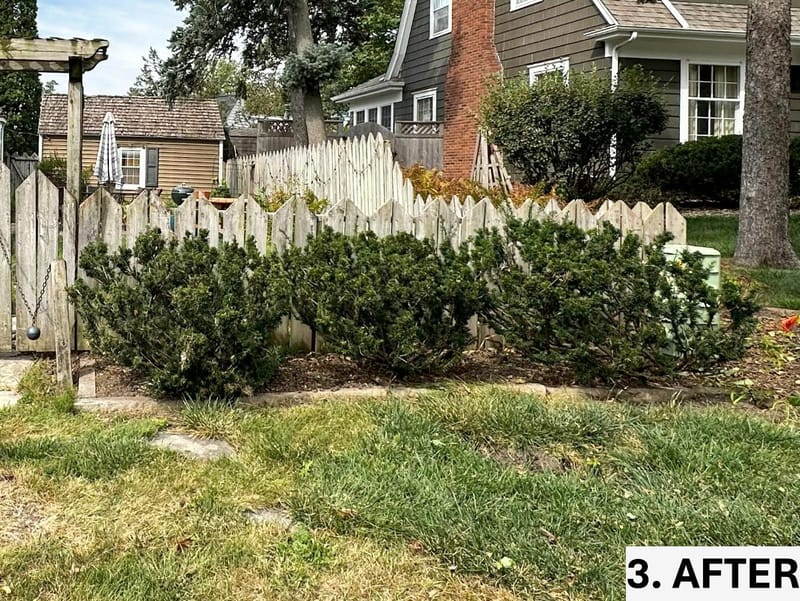
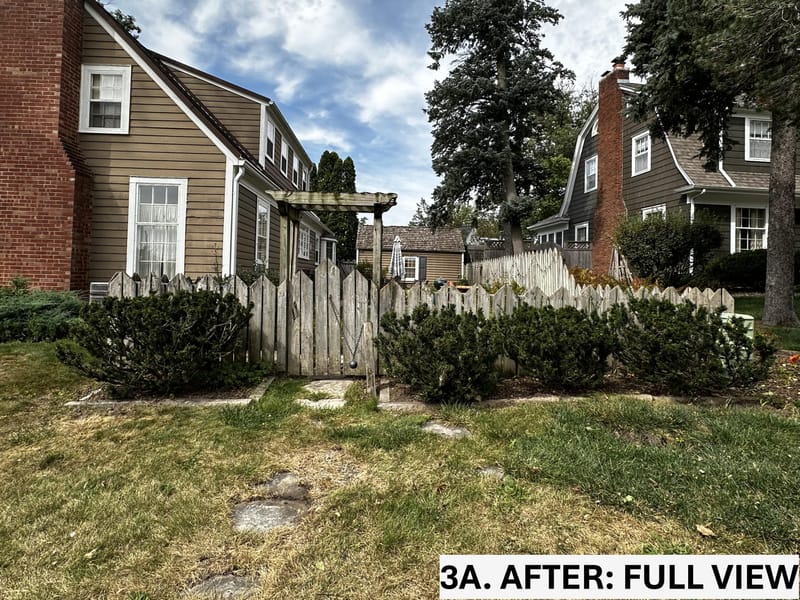
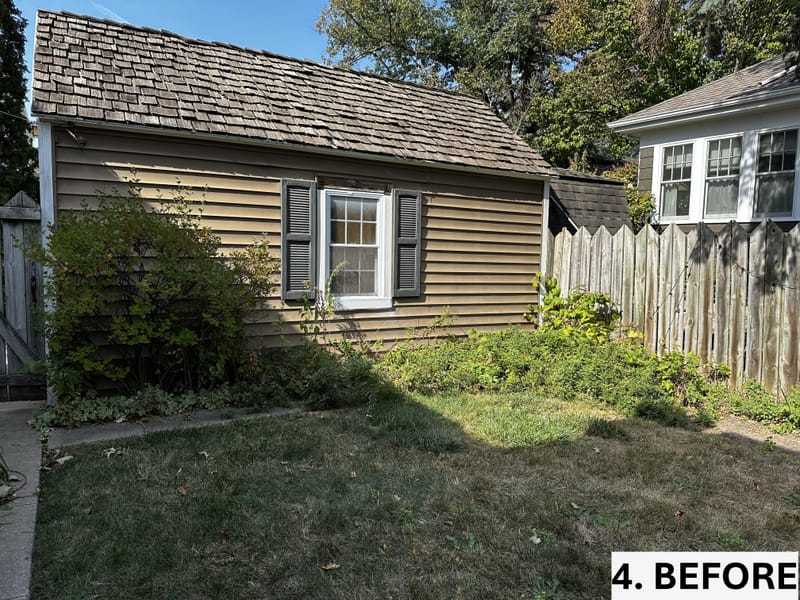
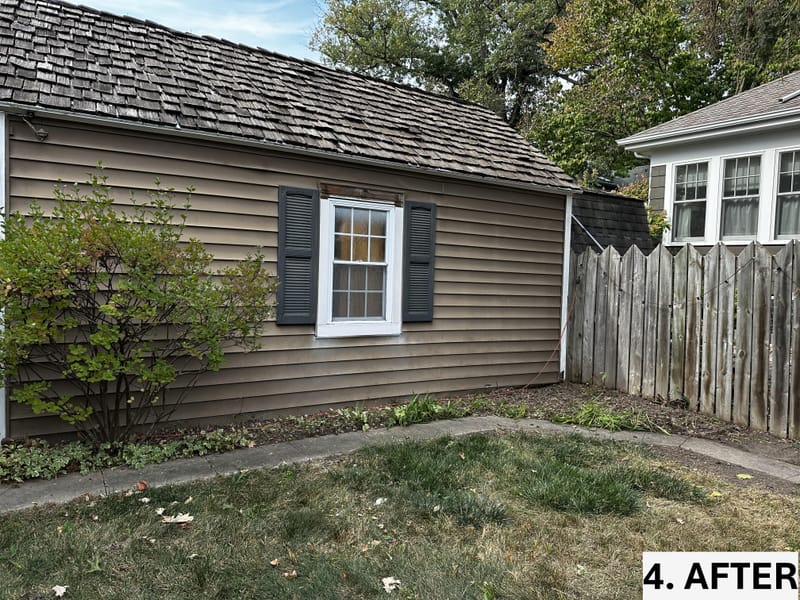
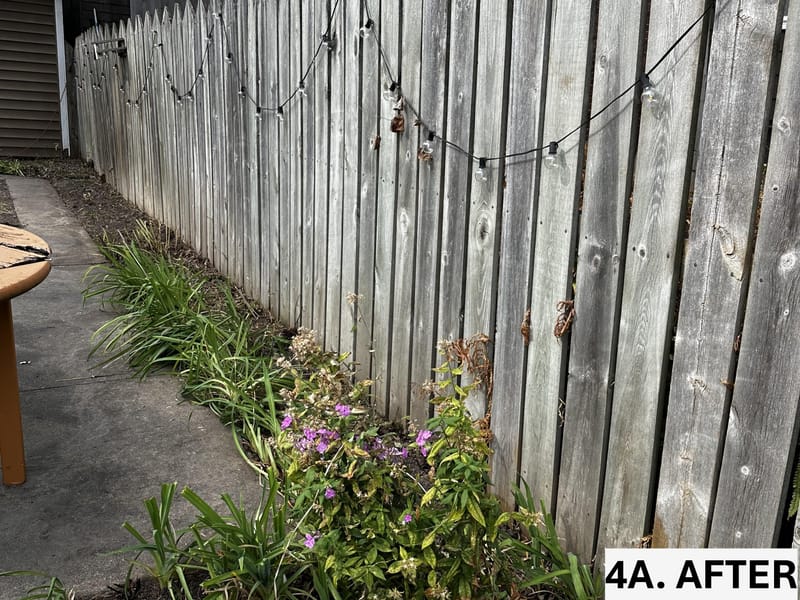
End-of-Year Garden Cleanup
This project included a straightforward seasonal cleanup with edging and cutting back plants to prepare for winter. All debris was thoughtfully relocated to a natural woodland area to decompose naturally, ensuring that beneficial insects overwintering in the plant material could safely emerge in the spring.
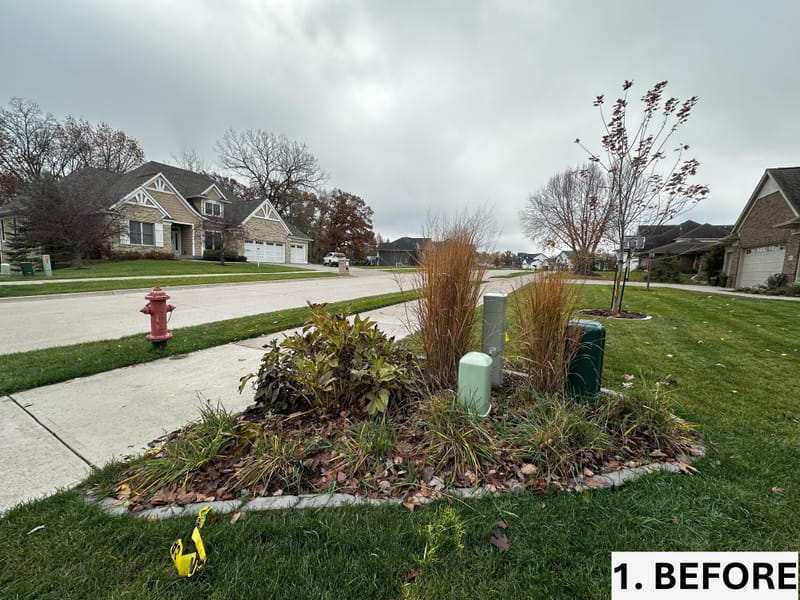
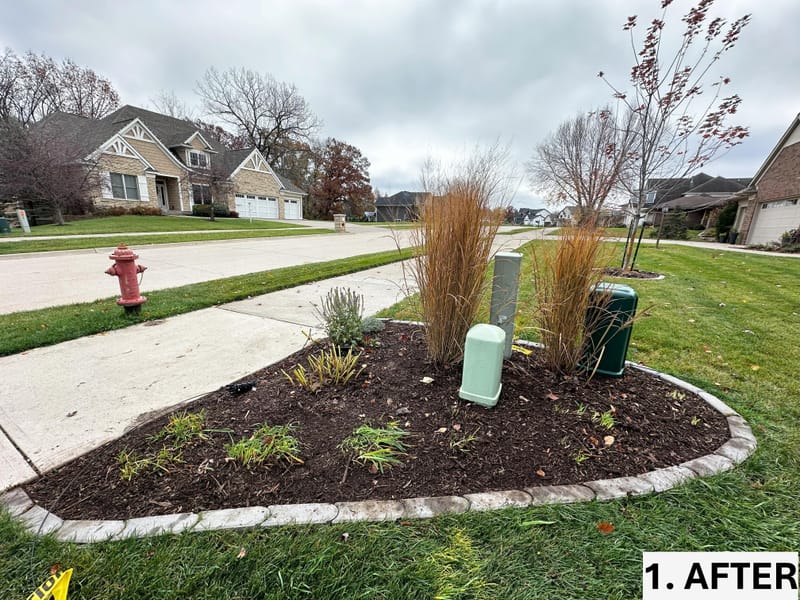
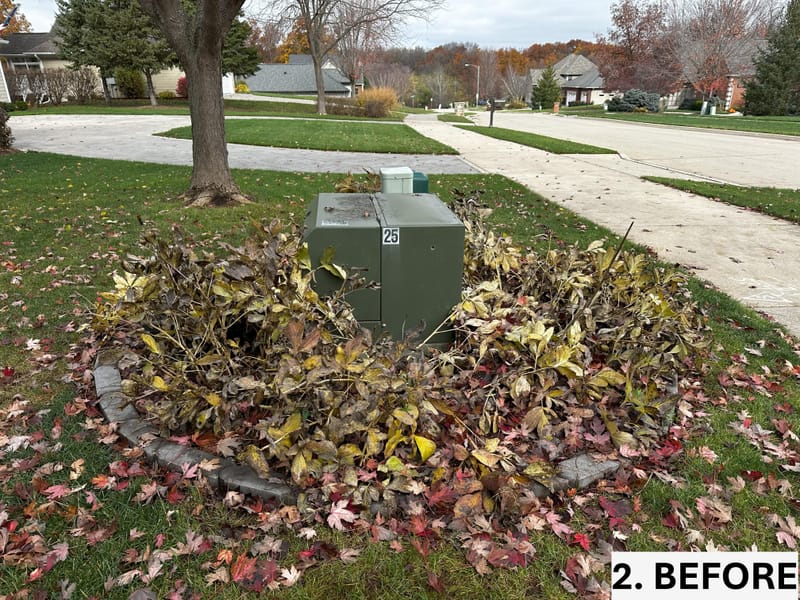
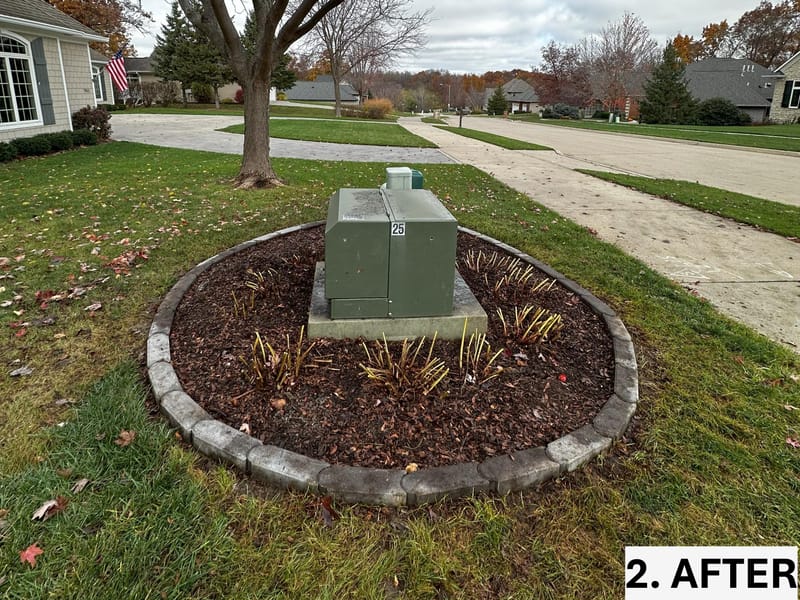
Restoring a Natural Woodland Overtaken by Invasive Weeds
By fall, this woodland area had been overtaken by invasive weeds that had already gone to seed. To begin the restoration, we brush-cut all plant material, allowing it to decompose and act as natural mulch. Leaves were then blown into the area to provide additional mulch and support overwintering beneficial insects. Next spring, we’ll continue the brush-cutting process before the weeds go to seed and introduce native woodland plants to restore the ecosystem.
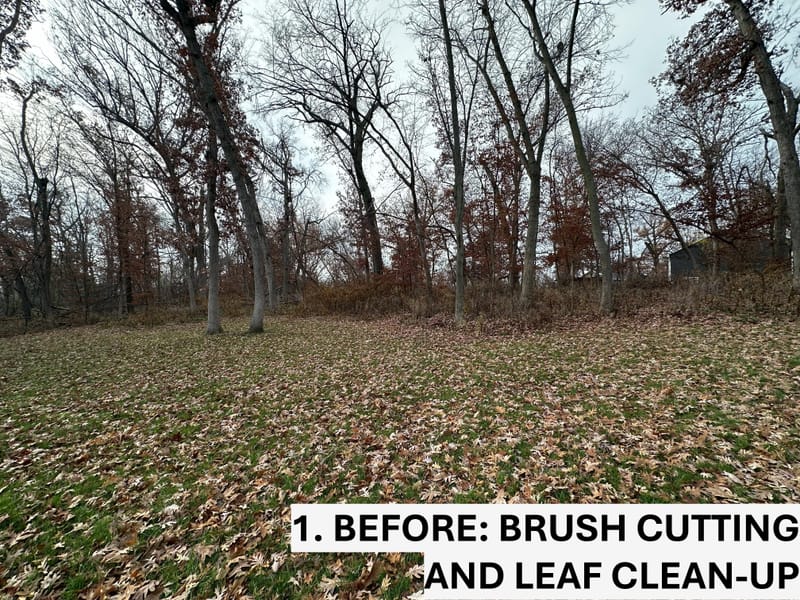
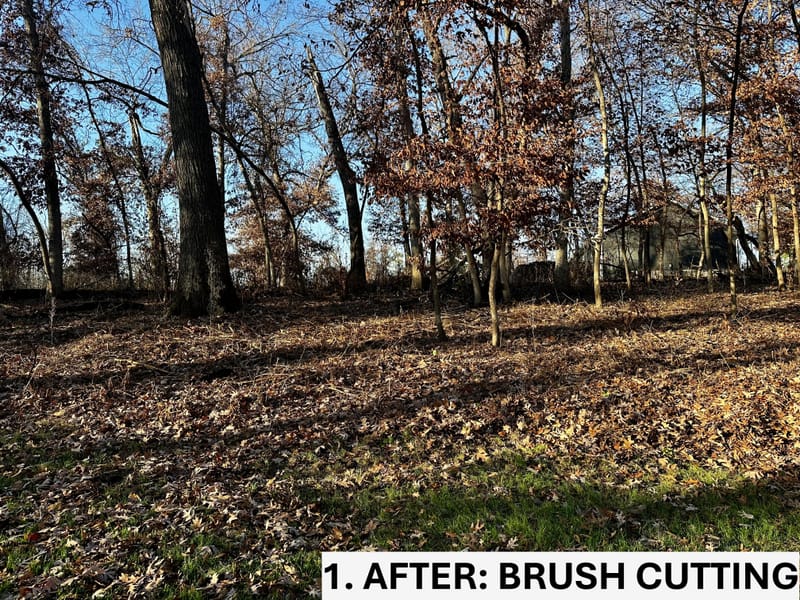
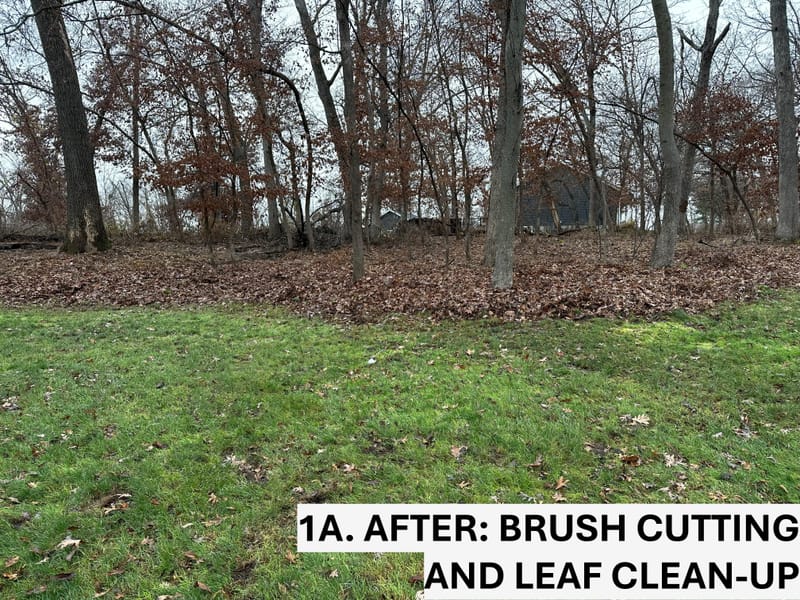
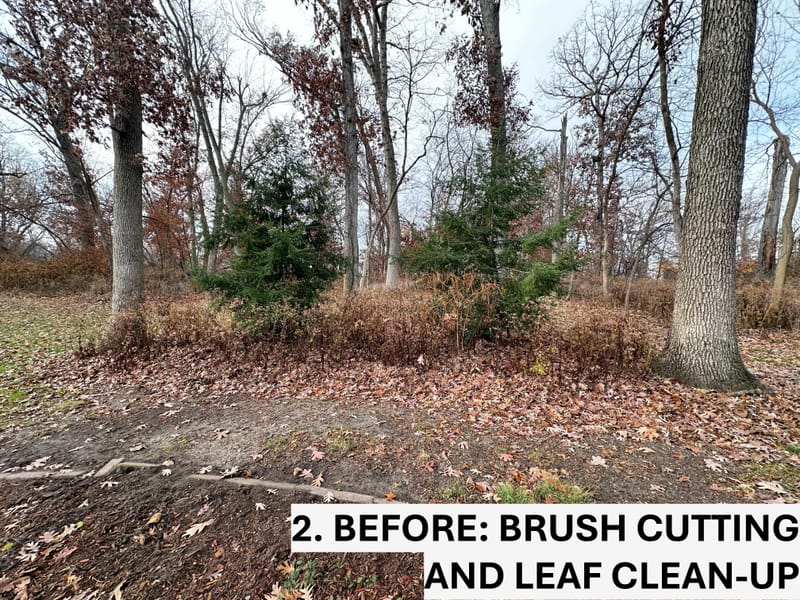
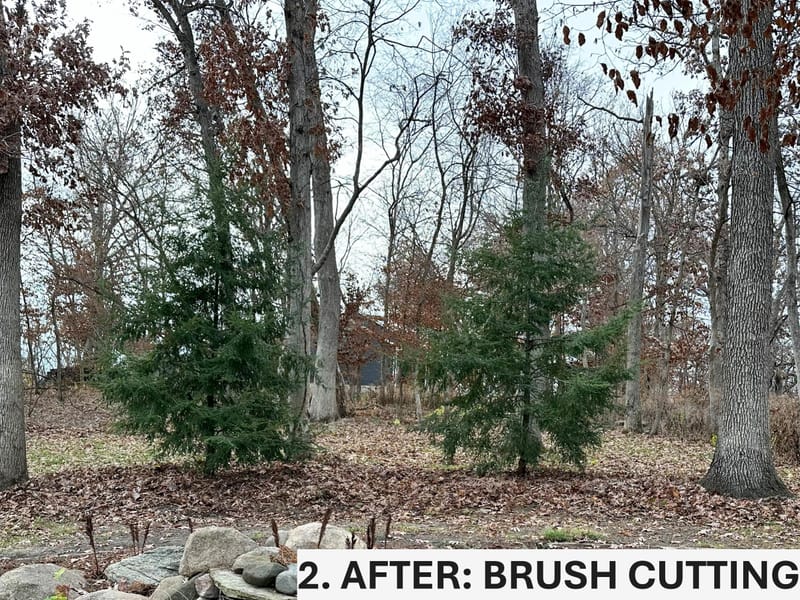
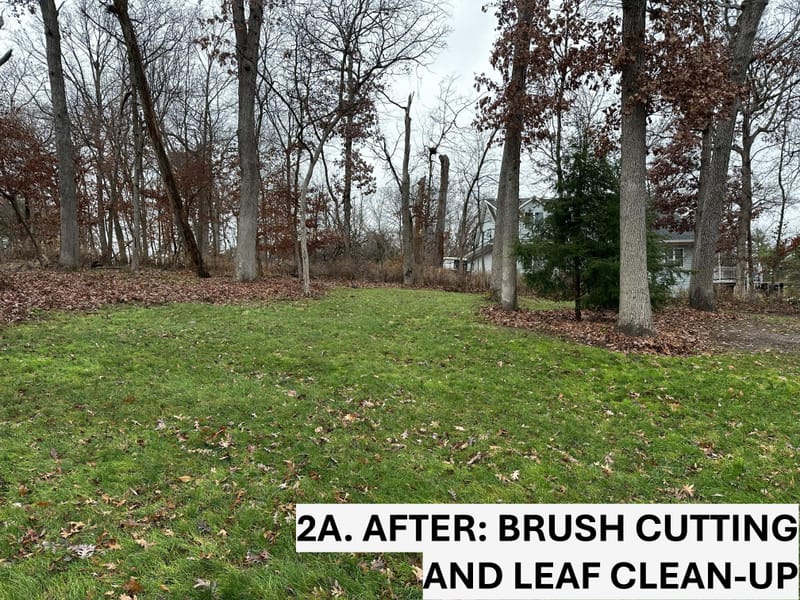
Restoring Rock Pathways and Mulch Garden Beds
The rock pathways and mulch garden beds had become overrun by invasive species. We cleaned up the area, exposing the edging and pathways once again. However, the rocks were very dirty, and the weed barrier beneath had degraded. To maintain a weed-free space, ongoing upkeep will be necessary to prevent weed seeds from germinating, or the rock may need to be fully replaced with fresh material and a new weed barrier installed.
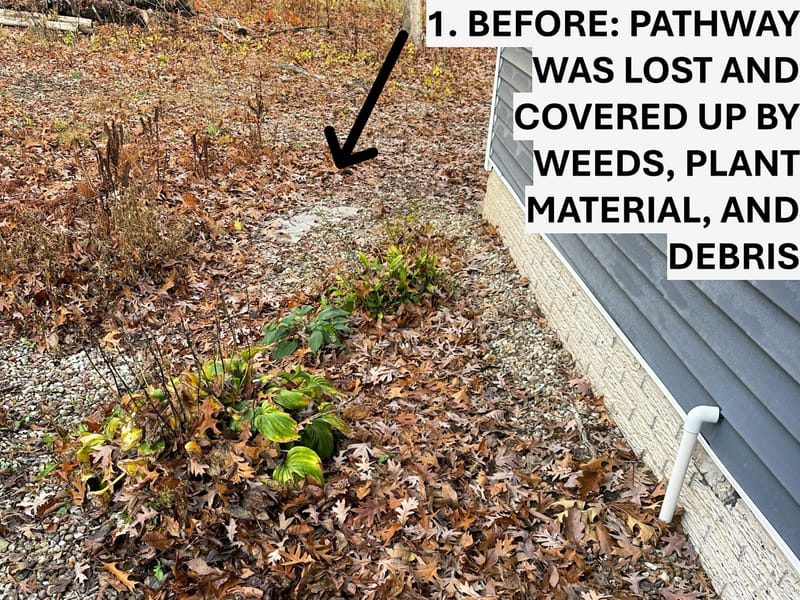
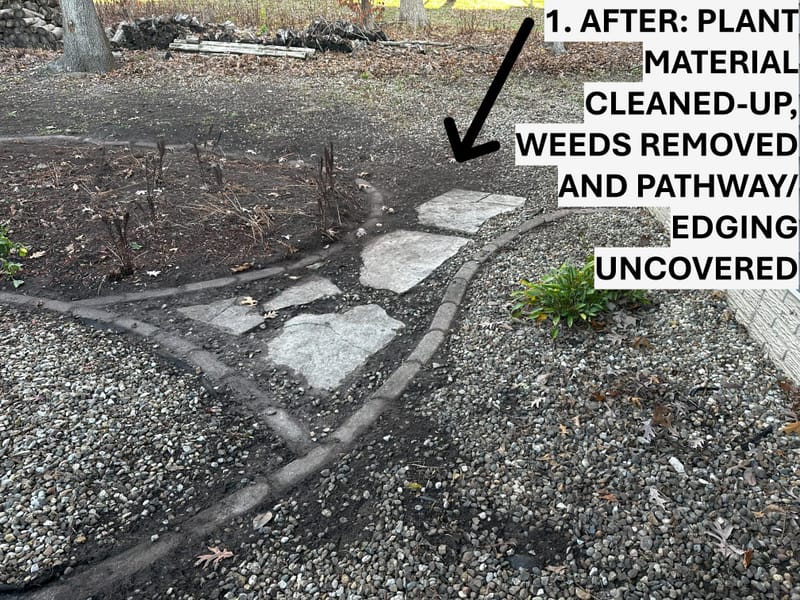
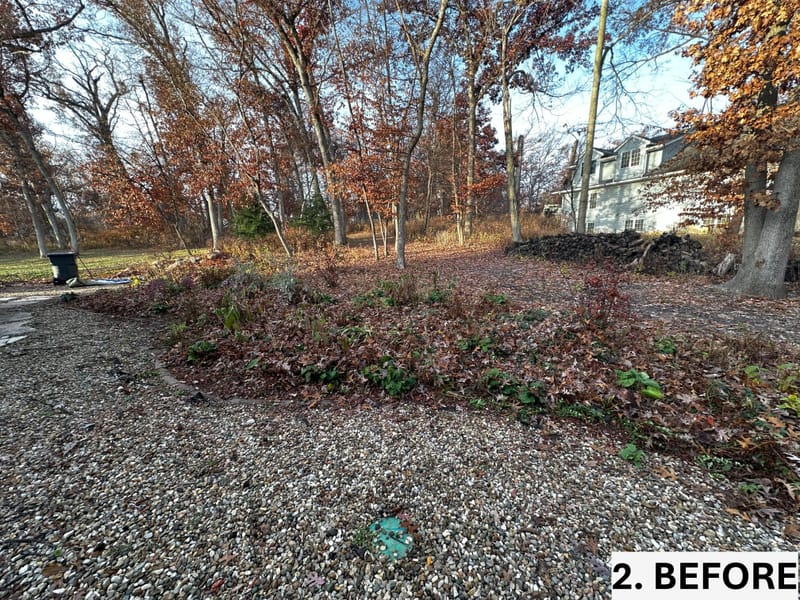
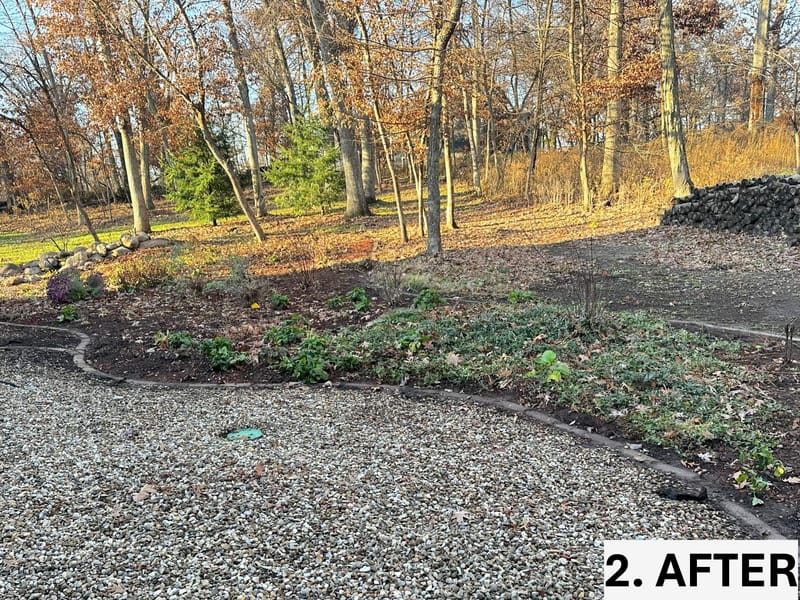
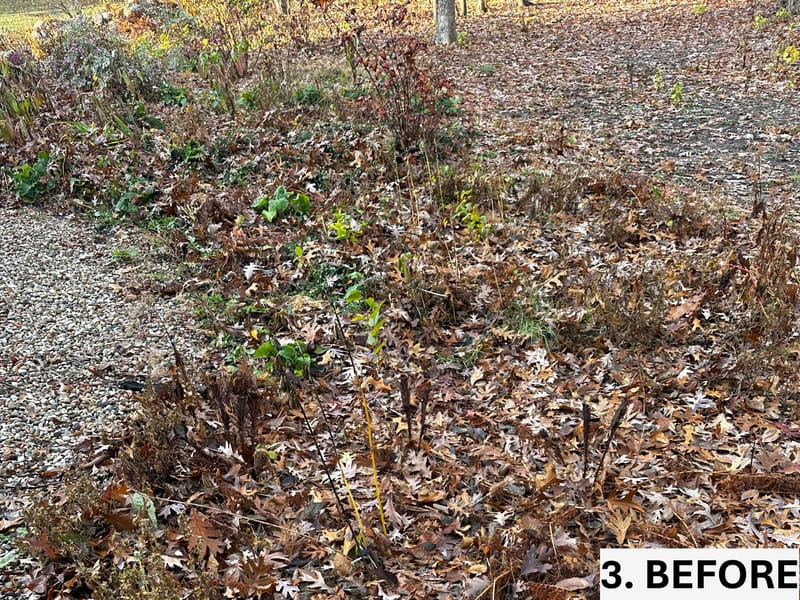
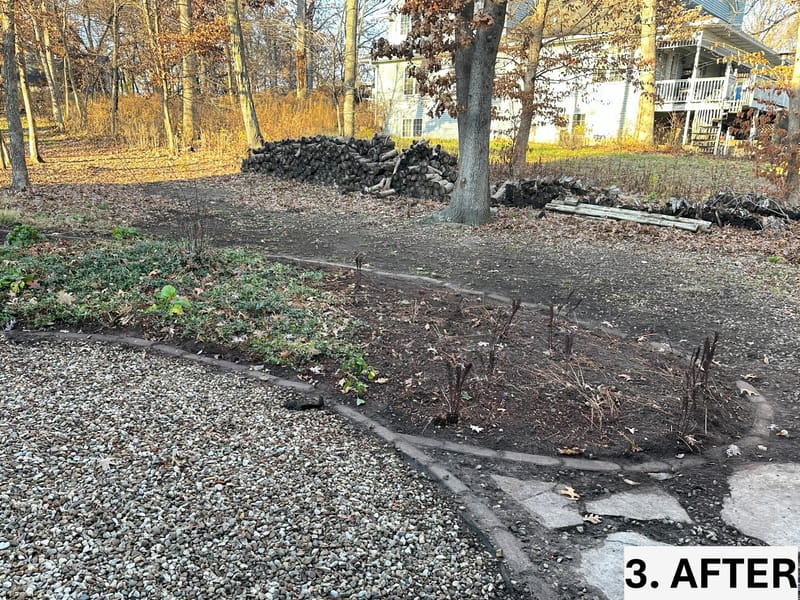
Revitalizing Overgrown Beds with Rejuvenation, Edging, and Thistle Management
This landscape was overtaken by invasive grass and persistent thistles, with its natural lip edging lost and mulch depleted. To restore the space, a new natural lip edging was carefully redefined, and a thin 1–2 inch layer of mulch was applied in preparation for additional plantings the following season. Removing the thistles required extensive hand-digging to address their deep root systems, with plans to monitor and manage any regrowth next year. Overgrown viburnum shrubs were rejuvenated by pruning out old and dead canes, ensuring healthy growth. Once new plantings are installed, an additional layer of mulch will be applied to complete the transformation.
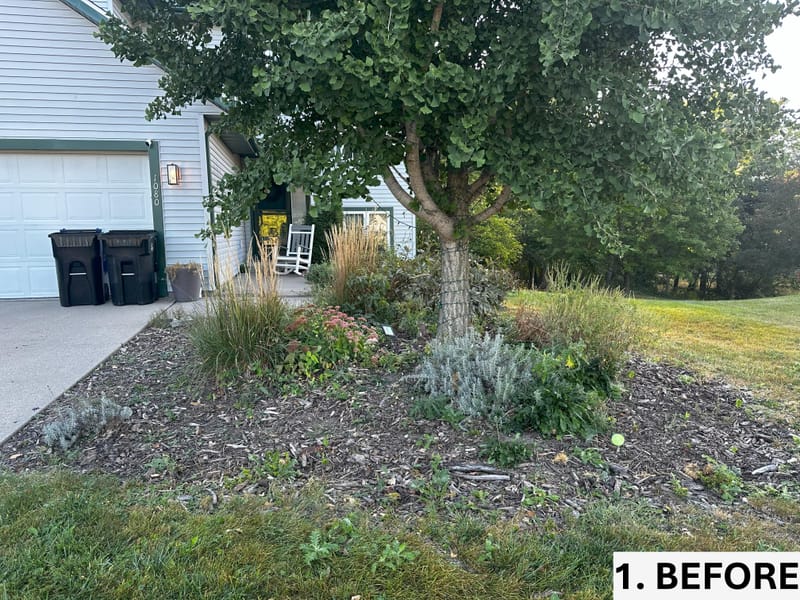
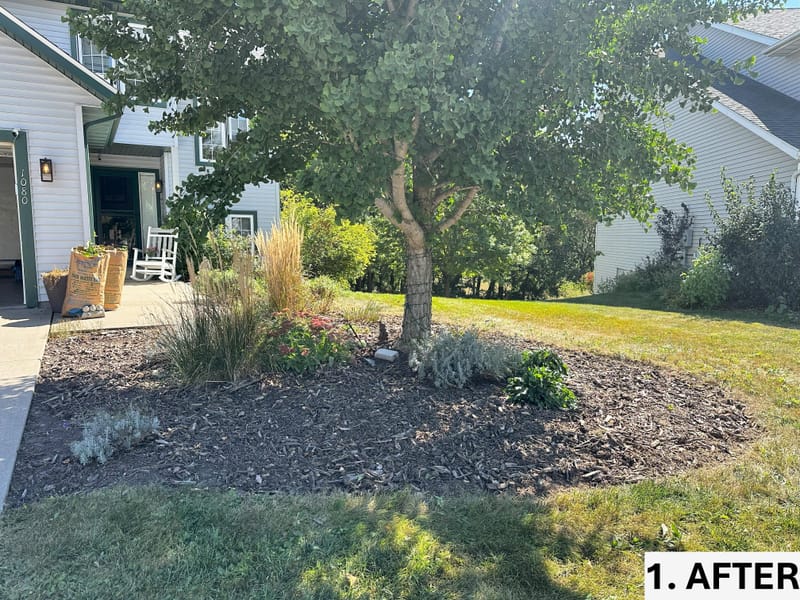
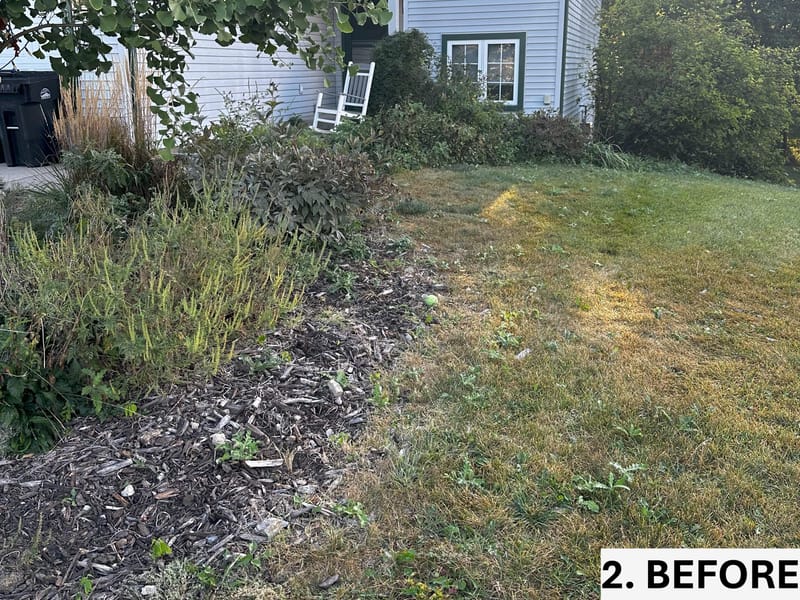
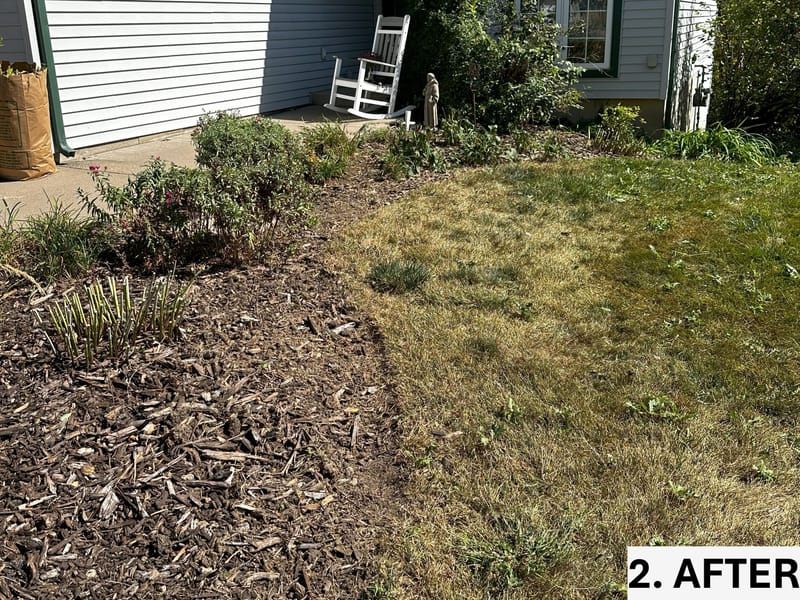
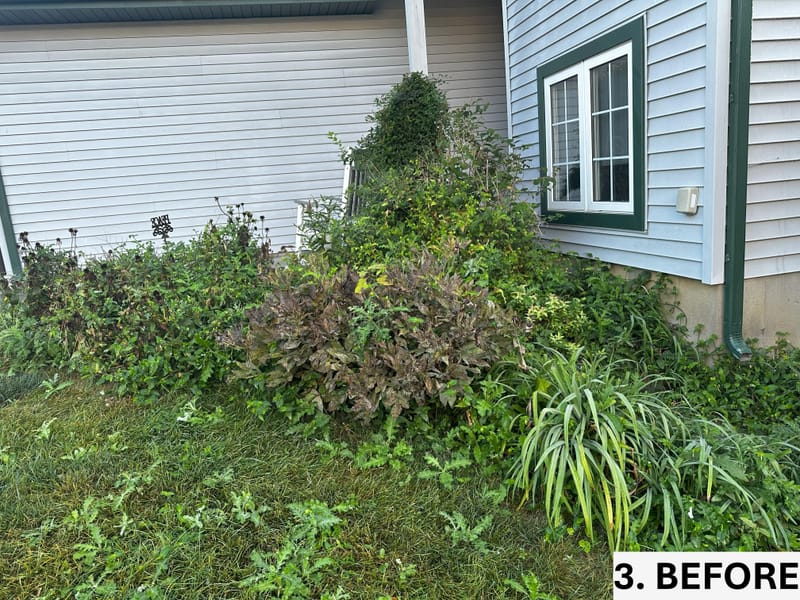
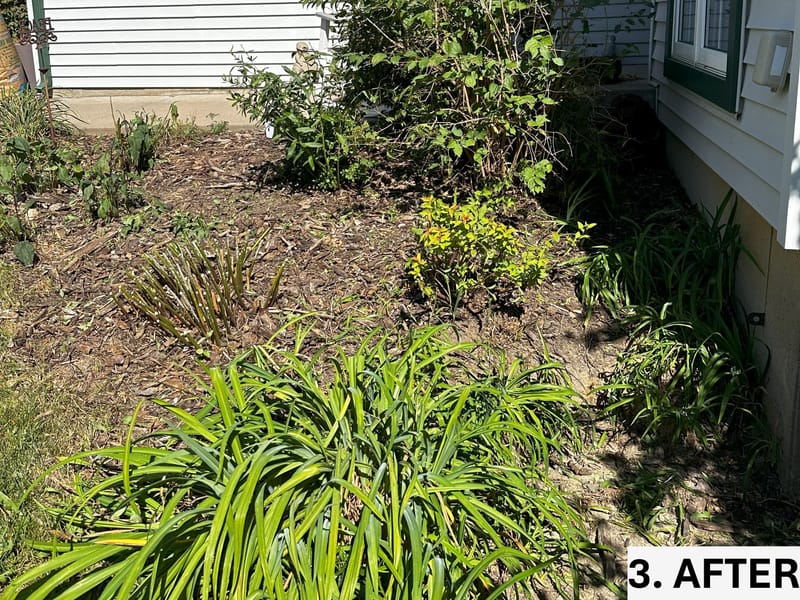
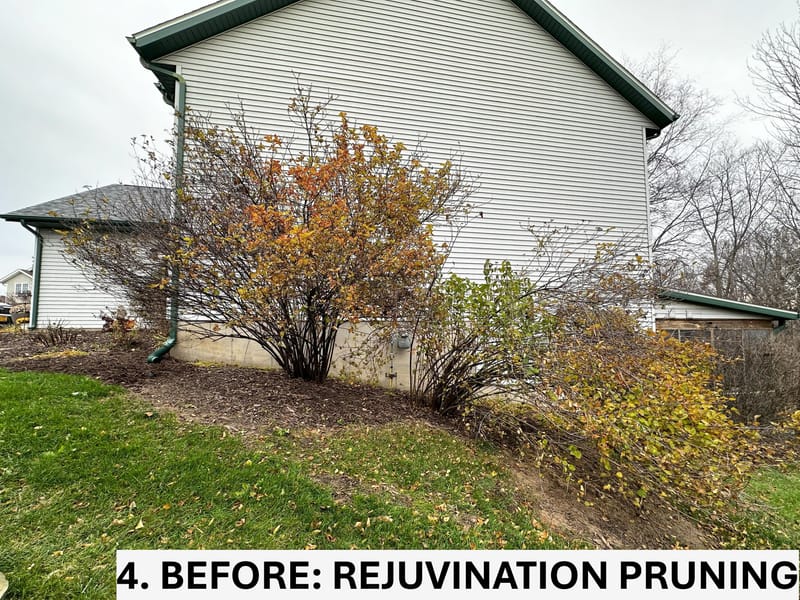
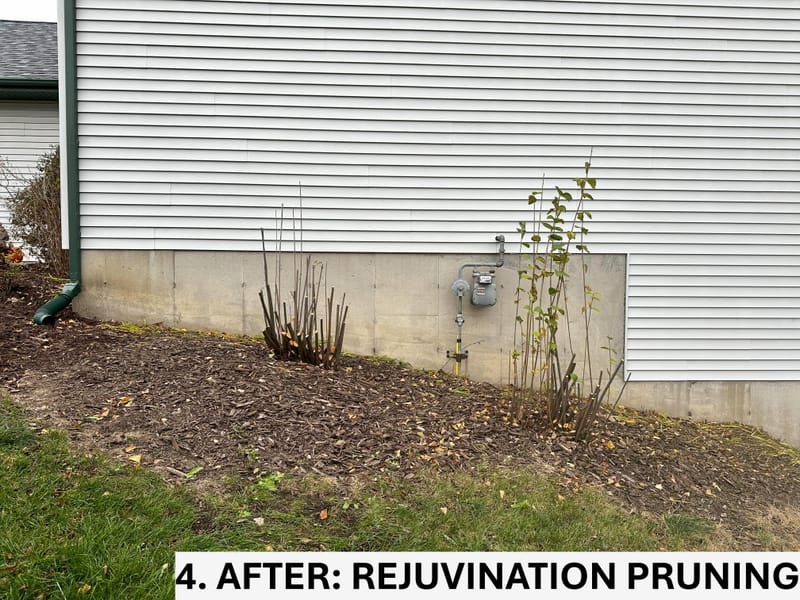
Limbing Up Arborvitae for Health and Growth
Early winter is the perfect time to limb up arborvitae trees, removing lower dead branches to improve appearance and promote airflow. Clearing out old growth opens the tree to more sunlight, encouraging healthier new growth in spring. These long-standing trees will also benefit from an early spring application of a slow-release evergreen fertilizer, such as 10-10-10. Proper seasonal care ensures these evergreens stay vibrant and strong for years to come.
